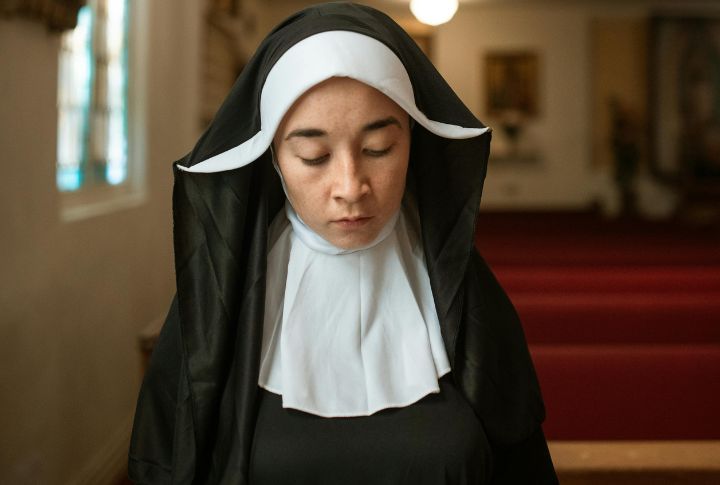
Over a millennium ago, religious sisters emerged as steadfast lights in a chaotic world. Communities like Saint Scholastica inspired early Benedictine sisterhoods in the 6th century. By the 19th century, convents thrived as centers of devotion and outreach. Much has changed since those cloistered beginnings. Come walk the winding path between past and present and uncover how today’s sisters journey differently from their ancestors.
The Novitiate Period Is Shorter And Less Rigid

Back then, sisters endured training so strict that even speaking without permission risked discipline. Novices weathered years of intense seclusion, often locked away from even sunlight. Today, sisters typically spend two formative years discerning their call to strike a balance between reflection and ministry experience.
The Vows Are Adapted To Apostolic Work Beyond The Cloister

Service once meant hidden sacrifice behind stone walls; now, it often means confronting the noise of the streets. Present-day vows allow sisters to serve outside traditional enclosures, whether teaching refugee children or tending to the dying in hospitals. Apostolic missions breathe new life into centuries-old promises of chastity and obedience.
The Schedules Are Less Centered Around The Liturgy Of The Hours
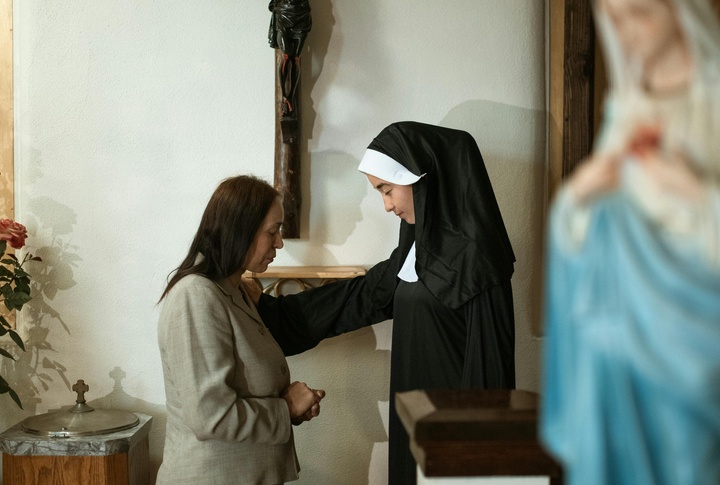
Dawn would once find every sister in the choir stalls chanting Matins in the cold stillness of early morning. Prayer remains central, but schedules are now woven into lives filled with late-night counseling, early hospital rounds, and constant outreach. The Divine Office now moves in harmony with the flexible needs of modern apostolic service.
The Silence Is No Longer Absolute Outside Of Specific Hours
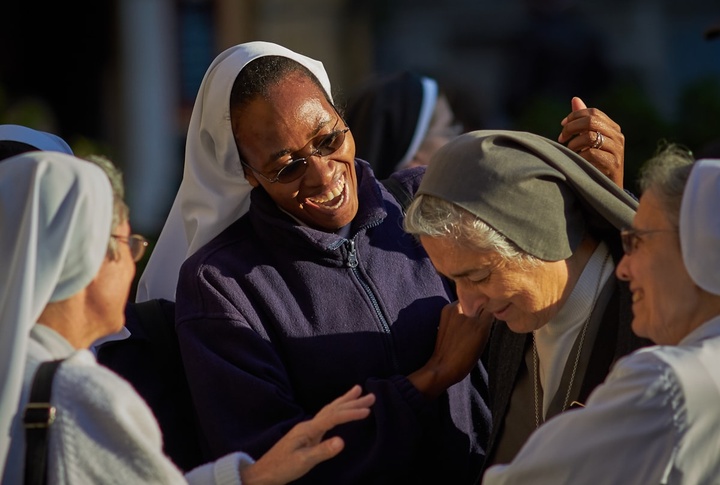
Currently, laughter and lively conversation animate many convents, where sisters collaborate on ministries and share meals with joy. Yet, in earlier centuries, silence cloaked the convent like a second habit, heavy and unbroken, except for the occasional communal prayers. Now, “Grand Silence” reigns only at night.
The Dresscode Eased Up
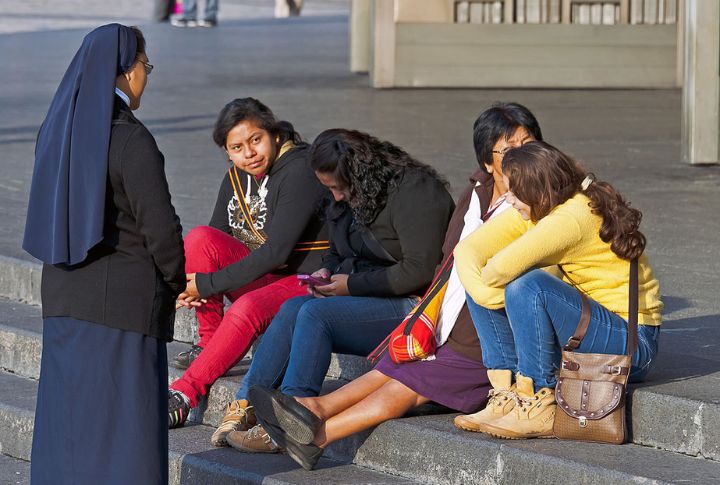
Present-day sisters often step into their ministries dressed in simple skirts, neat blouses, and a discreet cross, quietly blending into everyday society. In contrast, their ancestors bore thick wool habits year-round, a heavy armor of renunciation even under the blazing summer sun. Canon Law still requests distinctive garb but welcomes thoughtful adaptation.
The Manual Labor Of Daily Life Has Decreased
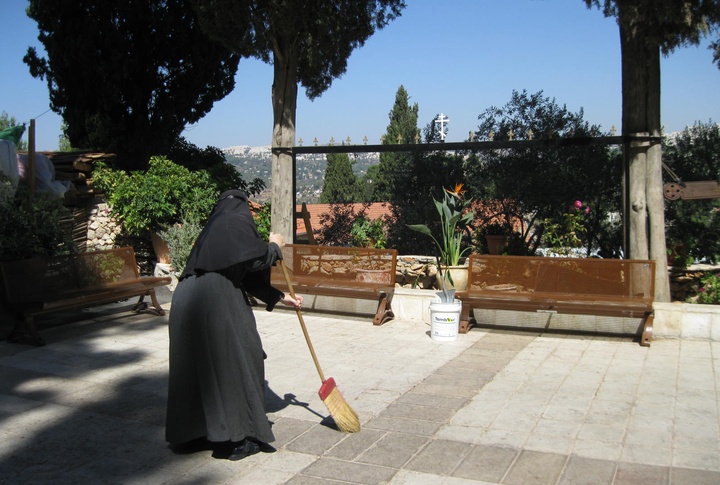
Scrubbing floors with homemade lye soap once shaped the rhythm of daily convent life. These humble chores weren’t just practical—they were prayers in motion, offered in silence and devotion. While manual labor still holds spiritual value, modern sisters often entrust such tasks to others, allowing them to focus fully on urgent apostolic missions.
The Education Of Sisters Is Broader And More Specialized
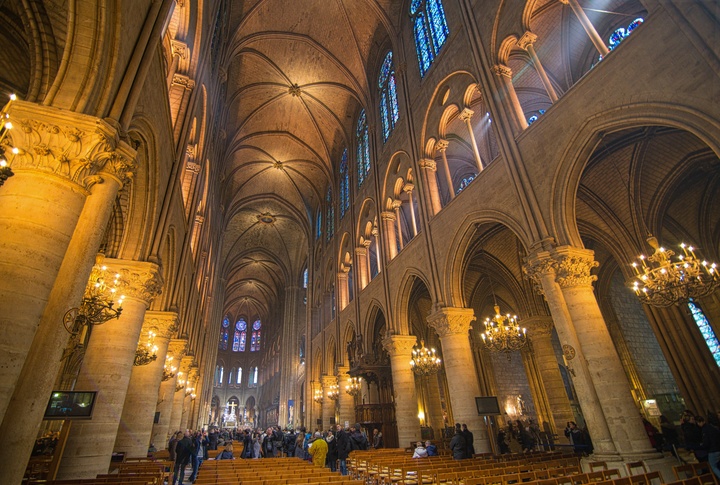
Latin prayers and needlepoint once comprised a sister’s curriculum. In stark contrast, modern sisters earn advanced degrees in fields such as theology, nursing, law, and even astrophysics. Catholic universities like Notre Dame and Loyola welcome many religious sisters pursuing studies that will better serve the Church’s diverse and global mission fields.
Contact With Family And The Outside World Is Greater
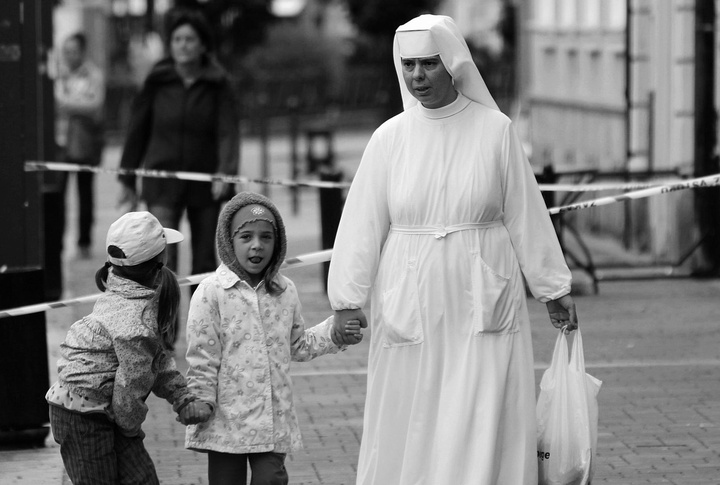
A century ago, joining a convent meant leaving home forever. Letters arrived rarely, filtered through superiors. Today’s sisters email parents, Zoom nieces, text friends, and sometimes even post ministry updates online. The current theology embraces familial love as a strengthening bond rather than a distraction from one’s sacred vocation.
The Apostolate Extends To Modern Media And Technology
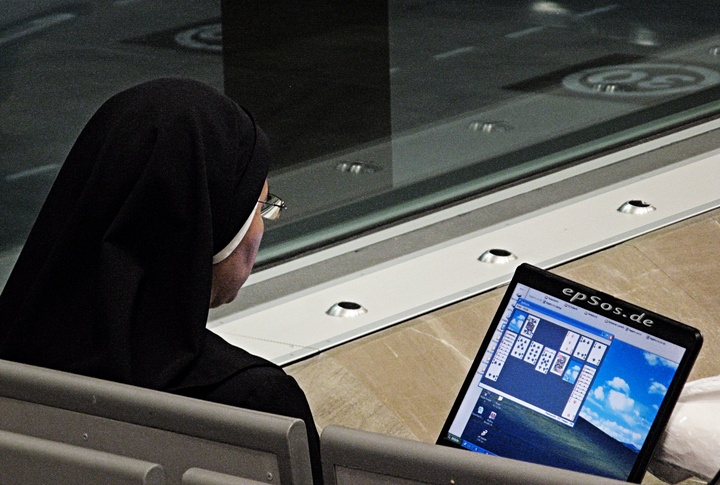
Flash back to the 1800s: a sister’s “platform” was a simple chalkboard. Fast forward, nuns harness the power of YouTube, Instagram, and podcasts to spread the Gospel! The Daughters of Saint Paul, for example, evangelize through media, proving that Wi-Fi signals can carry holiness faster than any medieval bell.
The Discernment Process Is More Individualized And Ongoing
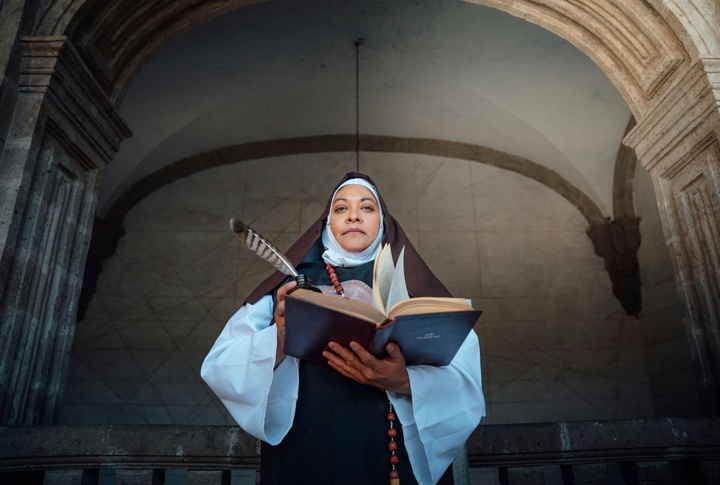
In the past, discernment was swift and final—a woman entered the convent, professed her vows, and remained within the community until death. Things have changed in that many congregations recognize discernment as an ongoing journey, one that unfolds through spiritual direction and honest dialogue. Modern sisters are encouraged to revisit and deepen their calling continually.

